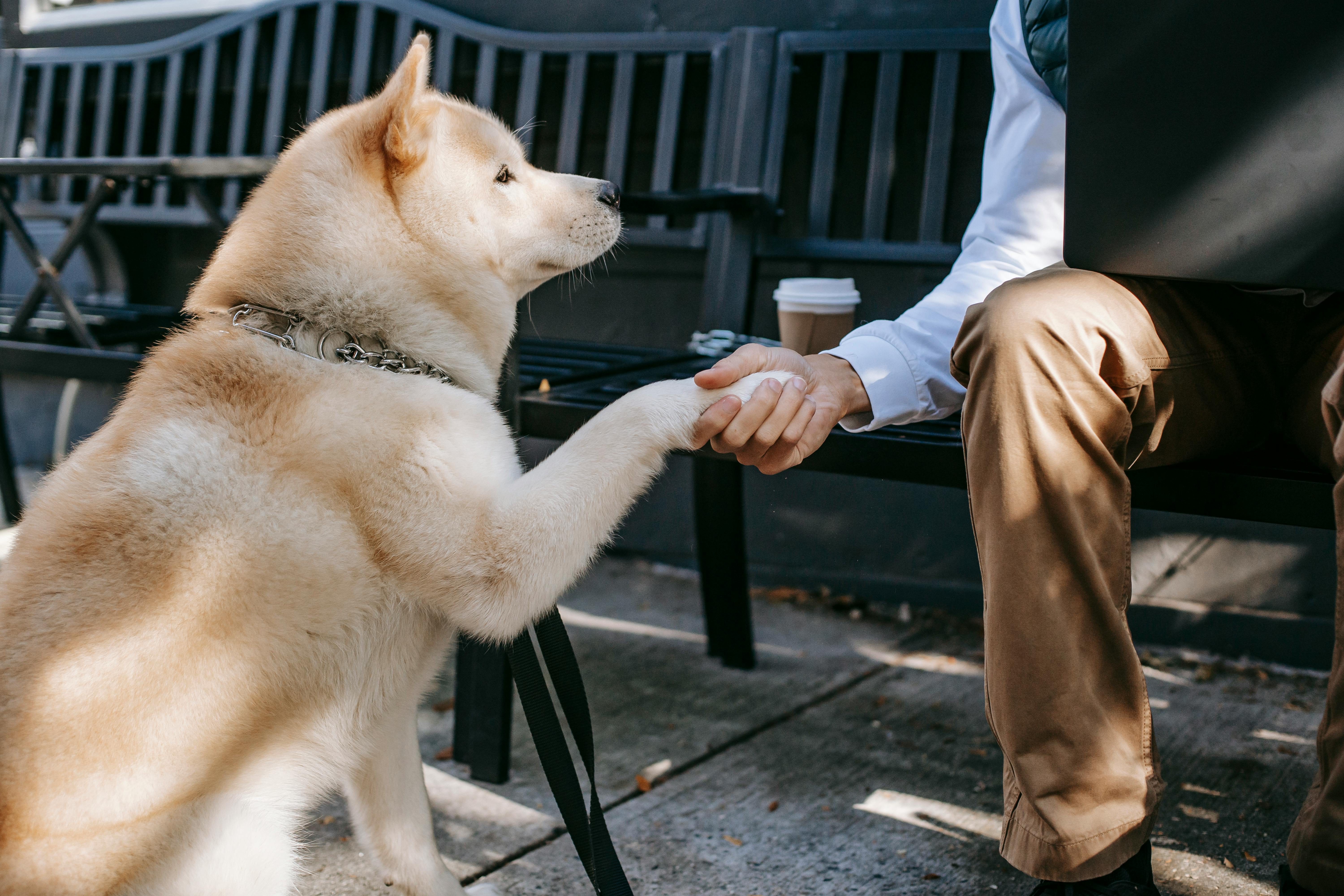CM Coolidge, known for his “poker-playing dogs,” was a brilliant man with innovative ideas and an entrepreneurial flair about art. Born in a small town in upstate New York to Quaker parents, he did not receive a formal college education, but took a few college business classes later in his life. When he was 18 or 19, he took some portrait painting lessons, along with an accounting course a few years later. His love for reading led to a solid self-taught education. At the age of 19 he began to make cartoons for newspapers in the surrounding neighborhoods. A few years later, while living in Rochester, New York, he wrote and illustrated a column in a weekly newspaper.
Coolidge loved people and was quite social. At about the age of 20 or 21, he was elected superintendent of one of the local school districts. Later, he was elected City Clerk. Around the same time, he became active in the Masonic Lodge. Coolidge had big plans for himself, although most of his activities either didn’t work out or were short-lived. When he was 27 or 28 years old, he opened the first bank in the city of Antwerp, New York. He worked there for a short time and then became a pharmacist. That; however; he didn’t hold his interest for long. And, a year later, he founded the first newspaper in his hometown. Unfortunately, that failed a short time later.
Between jobs and in his spare time, he drew cartoons for area newspapers and did caricatures of people. One of the many elaborate projects of his was the writing of a comic opera on the elimination of mosquitoes. Interestingly, it was produced but did not make any real money. He also applied for a patent for the collection of streetcar fares. Although, again, nothing happened.
The one constant endeavor he held on to was his love of comics and art. He began doing dog paintings around the turn of the century. Mainly, they were bought by cigar companies and used as gifts. Coolidge’s big break came when he was approached by the advertising firm Brown & Bigelow to do a series of paintings to be used in calendars and other memorabilia. That was in 1903. Around this time is when he began his infamous poker dog paintings.
Over the next ten years, Coolidge created 16 dog paintings, seven of which showed dogs playing pool. The other nine were dogs that surrounded a poker table. By putting dogs in art, but in a situation familiar to middle-class Americans, he not only anthropomorphized them, but created instant kitsch fashion. He certainly helped the cigar and calendar businesses that he worked for. Some of his original dog paintings sold for between US$2,000 and US$10,000, a staggering amount for the time.
For years, his images of dogs playing poker while drinking, smoking, and basically getting into trouble graced bachelor pads, bars, and taverns across the country. The scenes always evoked feelings of something American and something modern. Recently, a pair of his poker dog paintings titled A Bold Bluff and Waterloo, expected to fetch between $30,000 and $60,000, shocked the art world by selling for $590.00 a pair.
More meaning for A Friend In Need:
Some theories about his art give more meaning than initially meets the eye. One theory claims that the painting A Friend In Need has great significance. “Coolidge’s painting was used in World War II to boost the morale of Dutch citizens. The dog with the cigar being Churchill giving aid to the United States (on his left side), which goes unnoticed. Russia (the most popular dog the left) tries to attract the attention of the USA, while Hitler (the dog with the pipe and the ‘big ears’ in front of the clock) watches anxiously”.
Poker enthusiast Jim McManus has stated: “[In] A Friend in Need, shameless cheating dates back to the early 19th century, to the days of Mississippi River boats, when poker was primarily a series of opportunities to fleece fools.”
Sotheby’s auction house specialist Alison Cooney says people who dismiss the painting as simply “kitsch art” are missing out on the deeper meaning of her work. “It is a humorous and ironic version”; continues, a blow to the American middle class; another way to make fun of ourselves”.
Another theory suggests that the dogs were all aspects of the same CM Coolidge. Known to his friends as “Cash”, he loved good bets and was something of a con man. He wore a hat and often held a cigar, just like the dog paintings of him. Other sources hint that he resembled the bulldogs he painted.
In a recent tongue-in-cheek article by Steven J. Rolfes, he writes: “In this iconic work, we see a masterful depiction of the Last Supper, with Christ (left) seated imparting His wisdom to His followers. We see Judas to his right, with the bag of silver coins next to his paw.” He claims that the painting A Friend in Need has deep arcane roots in a highly secret society that even predates the Illuminati called the “Prior of Dogbone.”
This important idea is something that Coolidge himself would appreciate.
After his success with painting dogs, a new idea brought him a profitable income. He started the invention of “Comic Foregrounds”, which are life-size wooden cartoons with the face cut out so one can position the head for fun photos. He completed hundreds of them, including the famous Man Riding a Donkey and The Fat Man in a Bathing Suit. Some of these comic close-ups had hand lettering at the bottom. He often hired students to make them.
CM Coolidge was single for most of his life. When he was 64, he met Gertrude Kimmel, an art student who was doing lettering work for him at the time. They married in 1909 and had a daughter a year later.
A few years later, when Coolidge was in his 70s, he fell and hurt his knee. According to an account written by his daughter Marcella Coolidge, he did not see a doctor and was lame for the rest of his life. He tried writing, but it didn’t take off. Still, Coolidge remained in good spirits. His wife went to work and he was strong enough to do the housework.
Coolidge’s daughter has also said that neither she nor her mother took the paintings of their dogs at home seriously. She said that she never liked them, that she was just commercial. In addition, she said that they never had a dog, but that her father loved them very much. This is clear as seen in the wide influence they had on her art.
Andy Warhol was influenced by Coolidge’s work. Coolidge established a past for William Wegman’s weimaraner photos. Today, we find Coolidge’s canine posters in many places. If you have $590,000 or more to spend, contact the Doyle Auction House in New York to see when another original Coolidge dog painting is up for auction.
Copyright © 2008 Melanie Light




